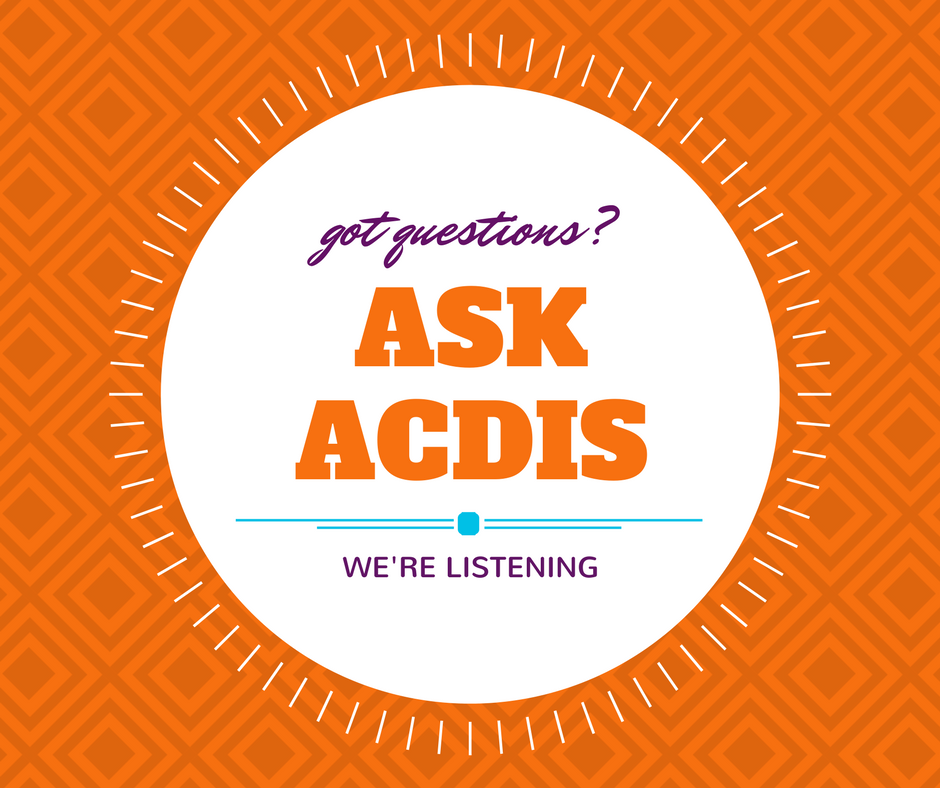Q&A: ICD-10-CM reporting for demand ischemia

answered this question
Q: What is the difference between ICD-10-CM code I24.8 (other forms of acute ischemic heart disease) and code I21.A1 (myocardial infarction type 2)? In which situation would each of these codes be reported?
A: ICD-10-CM code I24.8 would be used for demand ischemia where the patient did not have a current myocardial infarction (MI). This code also covers other forms of ischemic heart diseases. ICD-10-CM code I21.A1 is reported for a current MI due to demand ischemia.
Ischemia is due to oxygen starvation to some or all of the heart. It will usually cause EKG changes and often will cause enzyme elevations (e.g., troponin I, creatine kinase-muscle/brain), but ischemia does not result in permanent damage to myocardium (heart muscle tissue). The EKG will therefore return to normal after ischemia resolves. The degree and/or duration of ischemia may proceed to actual infarction, which is a permanent death of some of the myocardium. This causes a recognizable pattern in EKGs acutely but also permanently thereafter.
Demand ischemia is a specific type of ischemia where the oxygen requirements of the myocardium are not being met due to some increased need. In pure demand ischemia, there is no stenosis in the coronary arteries, yet the volume of oxygen-containing blood is insufficient to meet the needs of the heart muscle. Conditions where the heart is working harder and/or faster such as infection, anemia, tachycardia, or overexertion may cause demand ischemia.
Editor’s Note: This article originally appeared in Revenue Cycle Advisor. Ed O’Beirne, CCS, PA, CDIP, director of HIM revenue integrity at HRG in Spokane Valley, Washington, answered this question.
